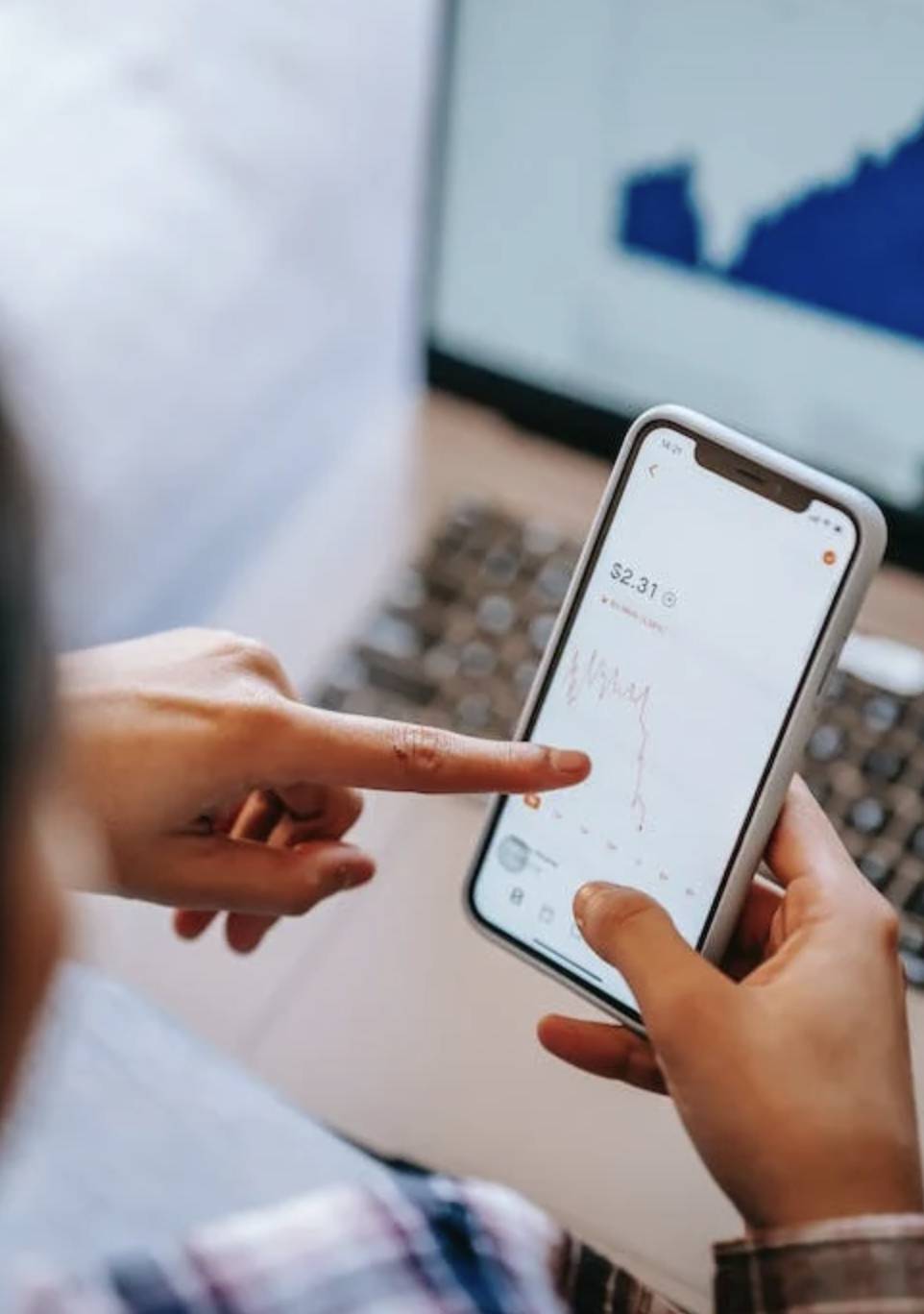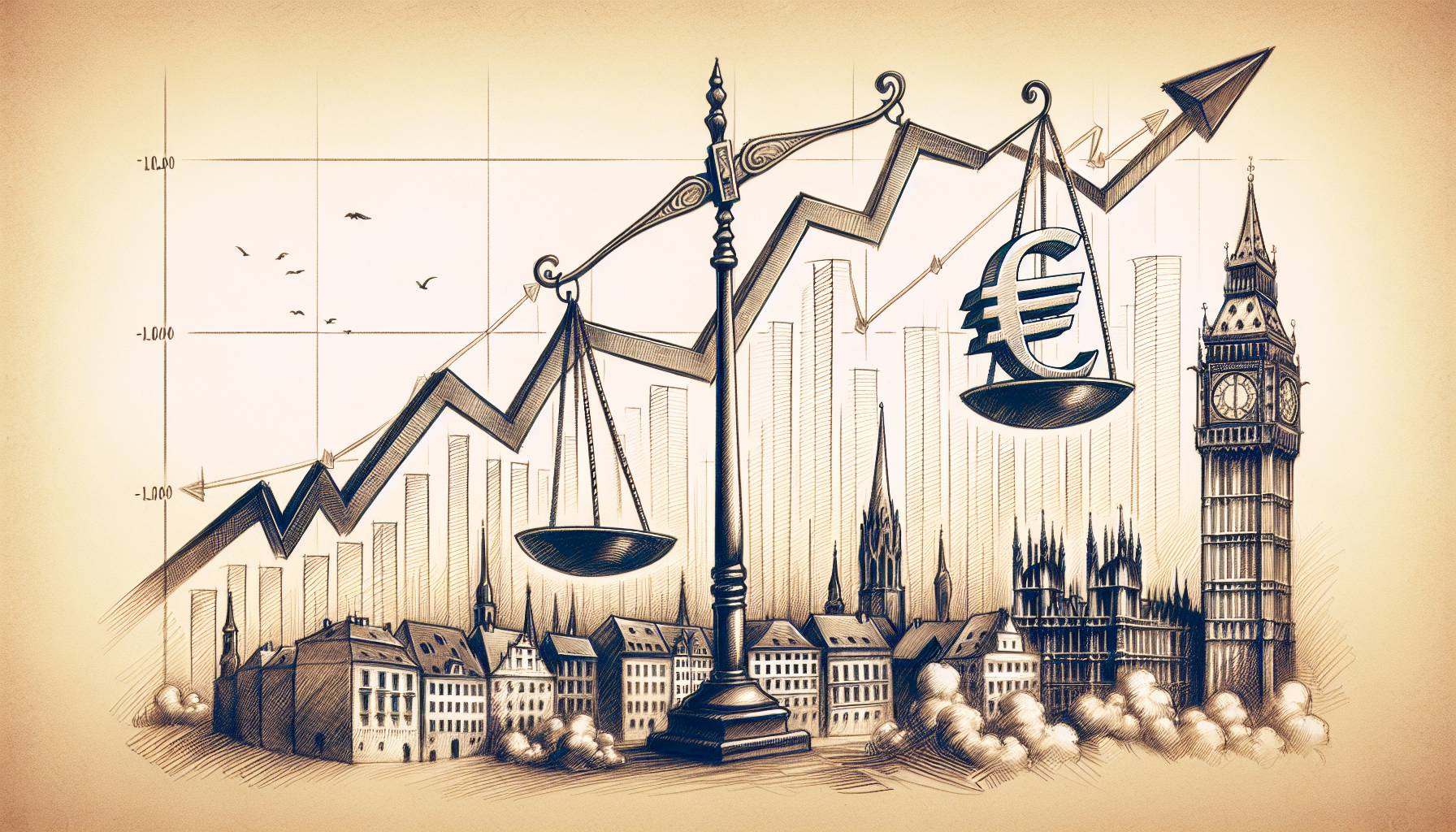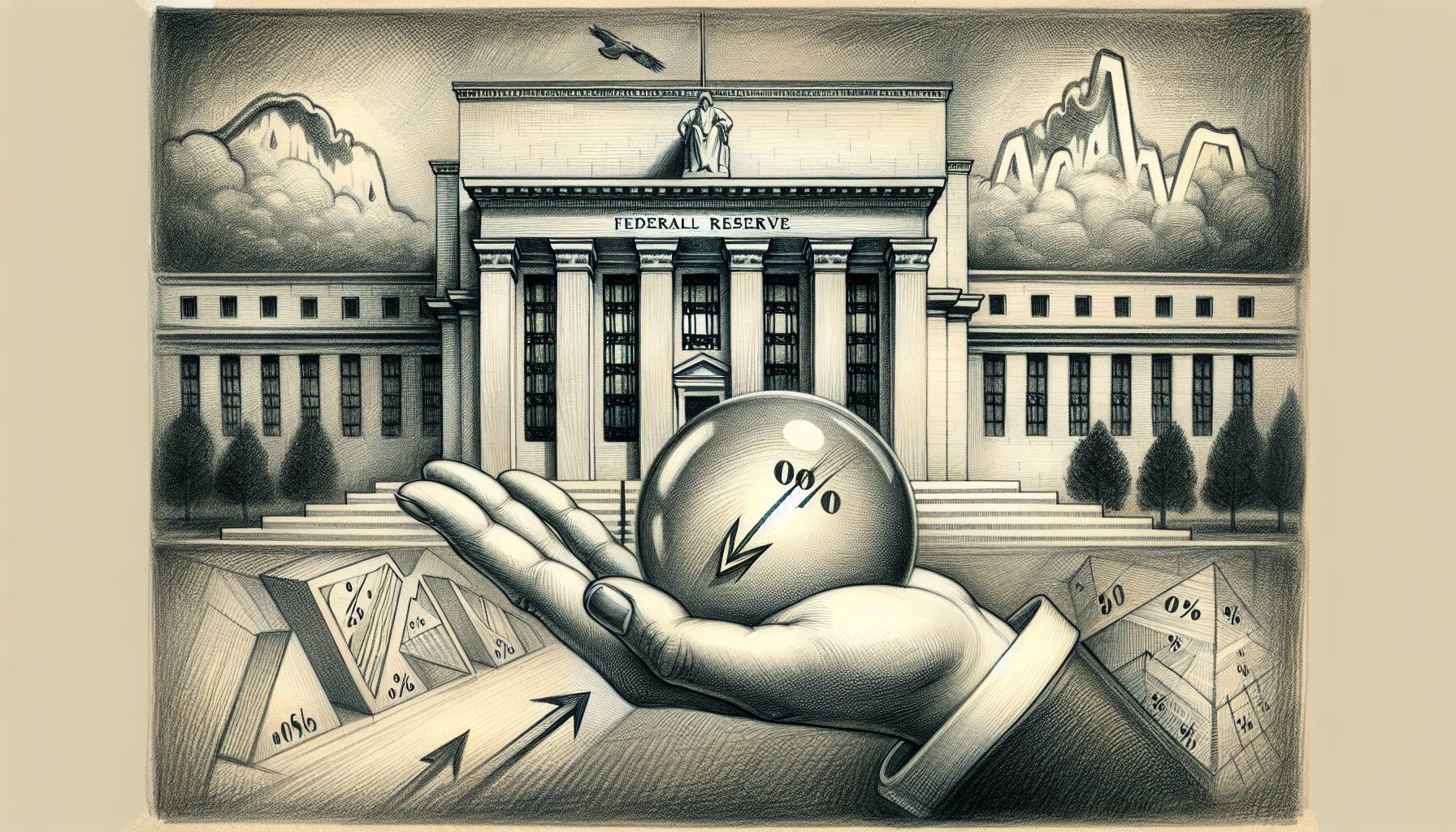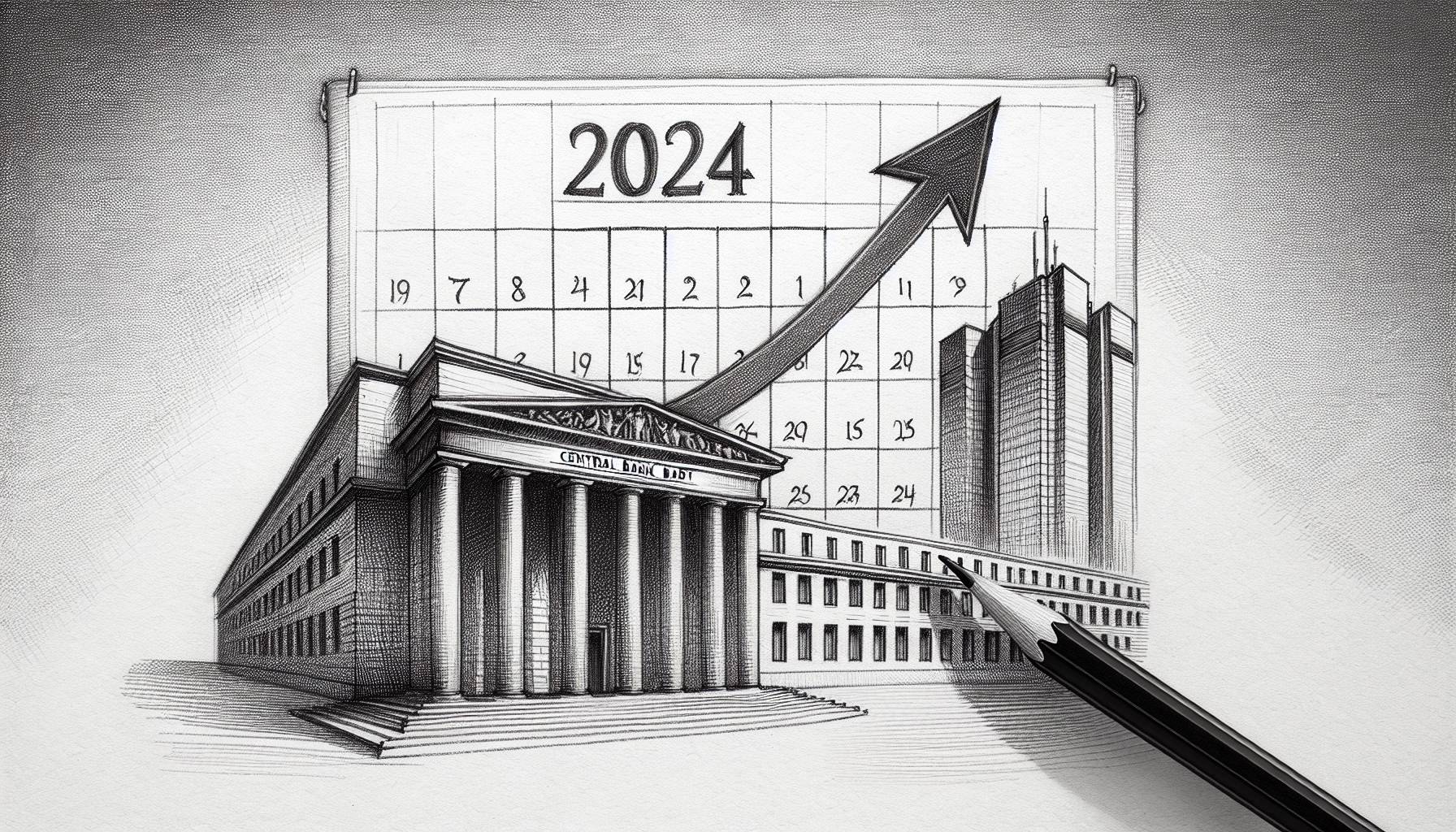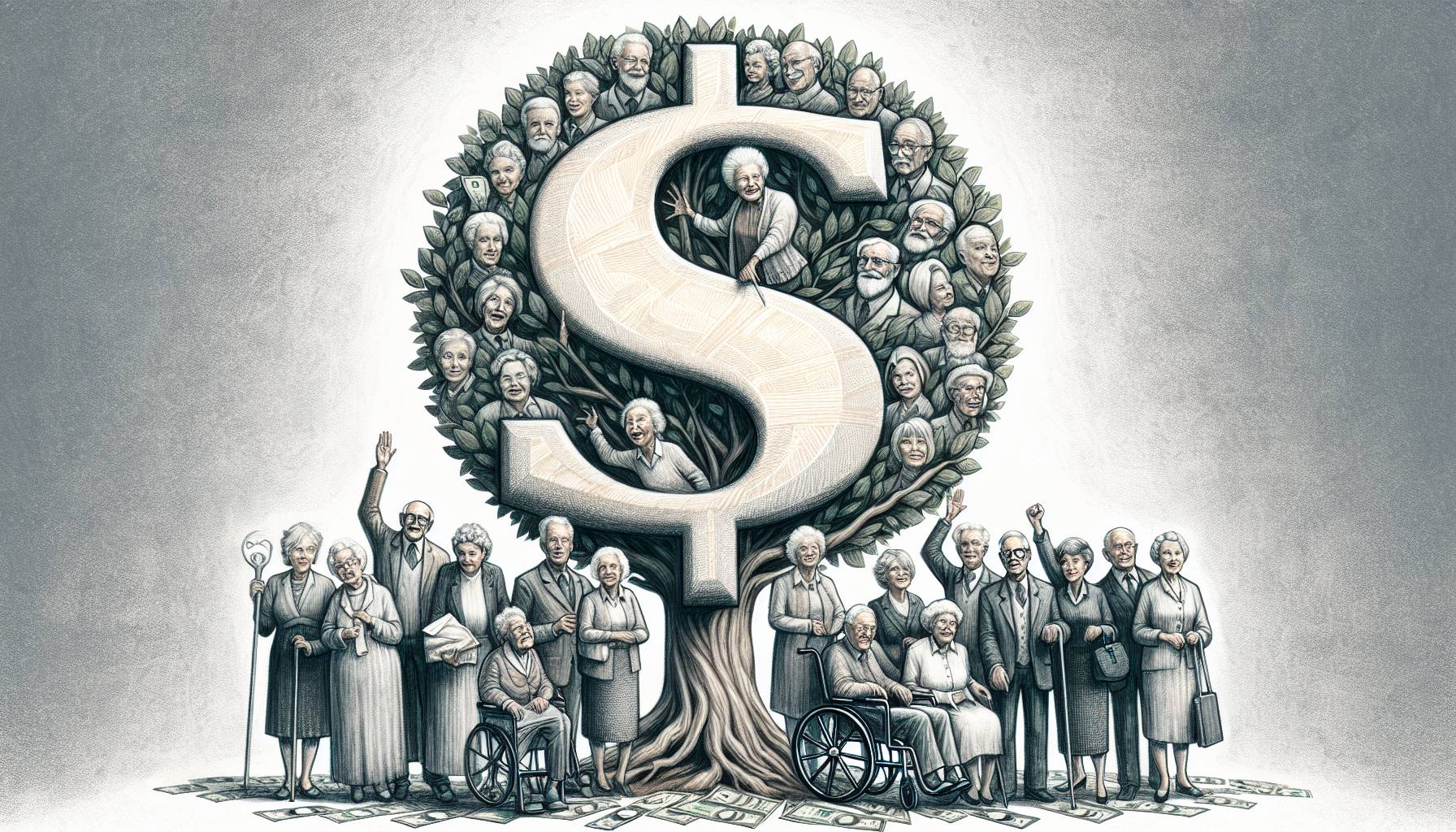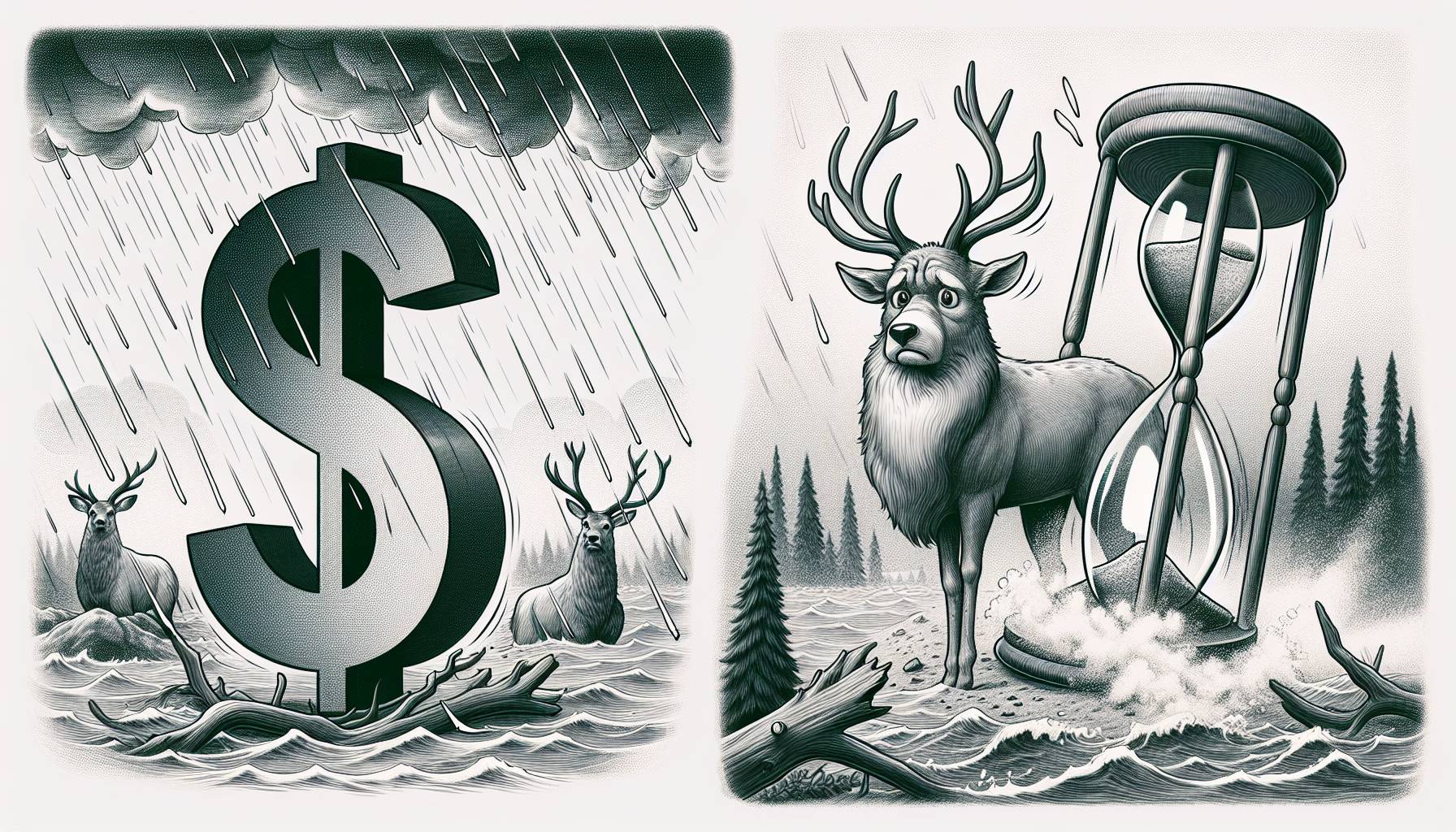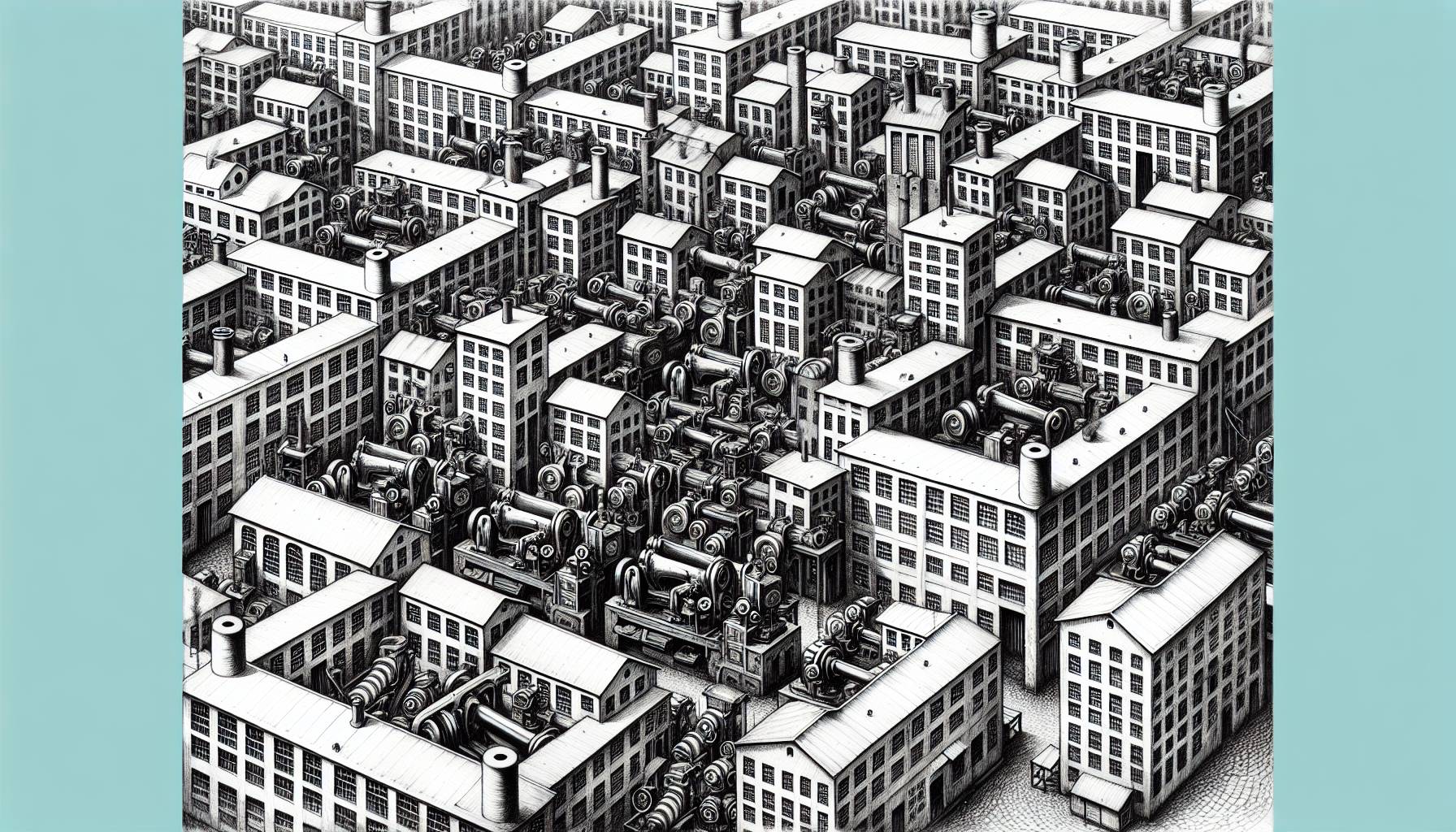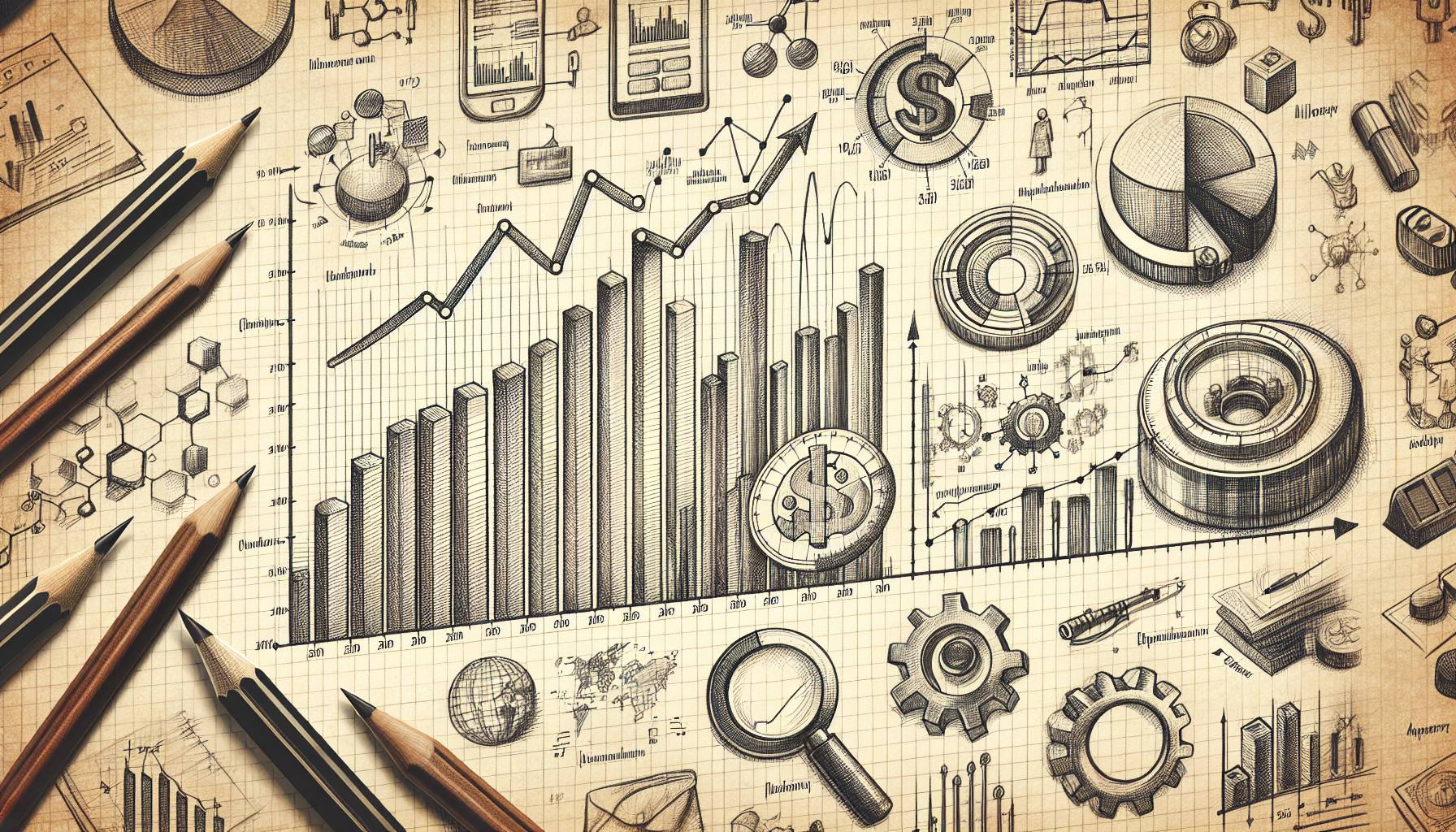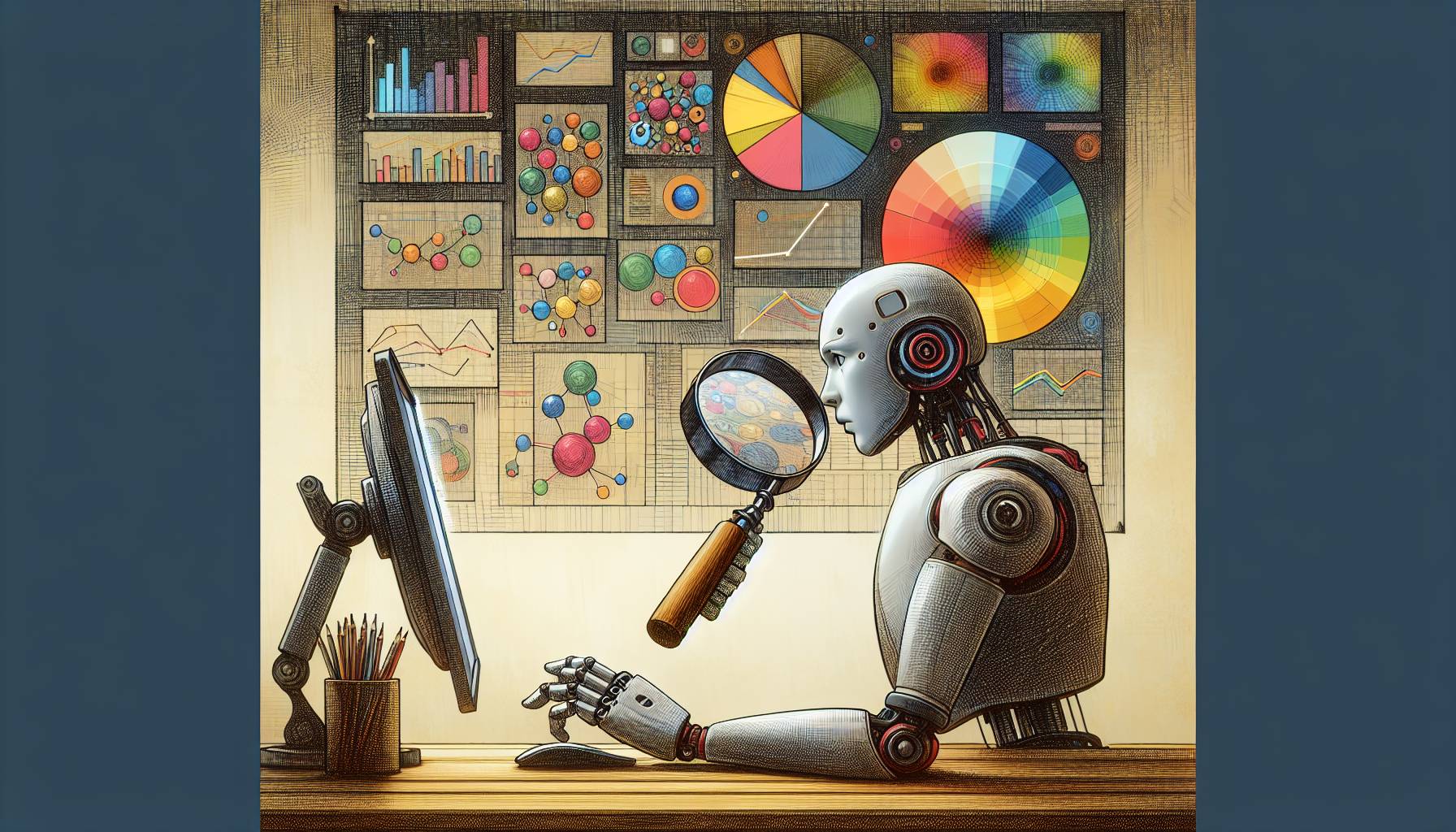Inflation in the United States fell to 3% year over year in February, according to the latest Consumer Price Index (CPI) report from the Bureau of Labor Statistics. This marks the twelfth straight month of falling inflation rates, good news for consumers who have been struggling with price hikes for the better part of two years. The CPI monitors the cost of living in the United States to calculate inflation.
What is Inflation?
The general increase in the prices of goods and services in an economy over a period of time refers to inflation. Economists usually measure it as the percentage change in the price of a basket of goods and services consumed by households. Inflation is a key economic indicator that reflects the overall health of the economy. When it’s rates are high, it can lead to a decrease in purchasing power, which can negatively impact consumers and businesses alike.
The Latest CPI Report
The latest CPI report shows that inflation has eased for the 12th consecutive month, bringing welcome relief to consumers who have been struggling with the rising prices of goods and services. The June annual rate of inflation is down from 4% in May, which is a good indication that the economy is stabilizing. The CPI report also shows that prices increased by 0.2% on a monthly basis, which is lower than the 0.4% increase seen in May.
What This Means for Consumers
The latest data on inflation rates is good news for consumers who have seen their purchasing power and monthly budgets eroded by persistently high prices. With inflation rates declining for the 12th consecutive month, consumers can breathe a sigh of relief knowing that they don’t have to worry as much about rising prices. However, food prices and grocery store prices are still up 5.7% and 4.7% respectively for the 12 months that ended in June, while food away-from-home inflation is up 7.7% year over year.
What This Means for the Fed
The Federal Reserve has been closely monitoring inflation rates and has been taking action to control them. The latest CPI report shows that underlying inflation has also cooled down, which is a positive sign. However, the core CPI index moderated to 4.8% for the 12 months that ended in June, which is still much too high, according to Sung Won Sohn, professor of finance and economics at Loyola Marymount University and chief economist at SS Economics. The Fed has a 2% target for inflation, as measured by the annual change in the Personal Consumption Expenditures (PCE) price index. The PCE index measured 3.8% for the 12 months ended in May, and core PCE, excluding food and energy, was 4.6%.
Starting in March 2022, the central bank rolled out 10 consecutive interest rate hikes to tame inflation, finally hitting a pause last month. Investors widely expect the Fed to increase rates by another quarter point during its meeting later this month.
Progress Toward Pre-Pandemic Norms
Lael Brainard, director of the National Economic Council, reported that the June CPI reading is slightly higher than the 2.9% average level of inflation observed in the two decades before the global financial crisis. The US economy is surpassing predictions that inflation would persist without notable job destruction. The BLS reported last week that the US economy added 209,000 jobs in June, with an unemployment rate of 3.6%. While monthly job gains have notably eased compared to the pandemic recovery, the current labor market is still surpassing that of pre-February 2020.
Getting Inflation Back to Normal
Although the disinflation seen in the headline rate is refreshing, the devil remains in the details. The annual CPI rate is, in part, benefiting from base effects, when comparisons are made to the prior year. The Federal Reserve has been keeping a close eye on core inflation, particularly core services. Since labor costs are more heavily weighted in services businesses than those who deal in goods, the tight employment market and above-average wage gains have a greater chance of keeping higher prices sticky. Prices for services excluding energy rose just 0.3% in June, the lowest monthly uptick since September 2021.
What to Expect in the Future
According to Julia Pollak, chief economist for ZipRecruiter, the last mile of inflation reduction will be the hardest. Although producer prices are falling outright and inflation expectations are coming down, average weekly earnings have only risen 3.75% over the year. Aggregate labor income is now growing more slowly than before the pandemic. While a rate hike is practically set in stone, this report should instead force the Fed to keep its finger on the pause button.
FAQ
Q1: What is the Consumer Price Index?
The Consumer Price Index (CPI) tracks the average price movement of a market basket of goods and services purchased by urban consumers. Inflation in the US is measured by the CPI.
Q2: What causes inflation?
There are many potential contributors to inflation. Some include a rise in consumer demand, a drop in available supplies, or a rise in production costs.
Q3: How does inflation impact the economy?
Inflation can impact the economy in a variety of ways. High inflation rates can lead to decreased purchasing power, which can negatively impact consumers and businesses alike. Additionally, inflation can lead to higher interest rates, making it more expensive for businesses to borrow money.
Q4: What is the Federal Reserve doing to control inflation?
Raising interest rates is one strategy the Federal Reserve has been using to curb inflation. Starting in March 2022, the central bank implemented a series of 10 interest rate hikes, with the goal of bringing inflation under control. When the Federal Reserve meets later this month, rates will likely increase by another quarter point.
First reported on: https://www.cnn.com/2023/07/12/economy/cpi-inflation-june/index.html

